How to Save Money When Buying an Engagement Ring
How to Save Money When Buying an Engagement Ring
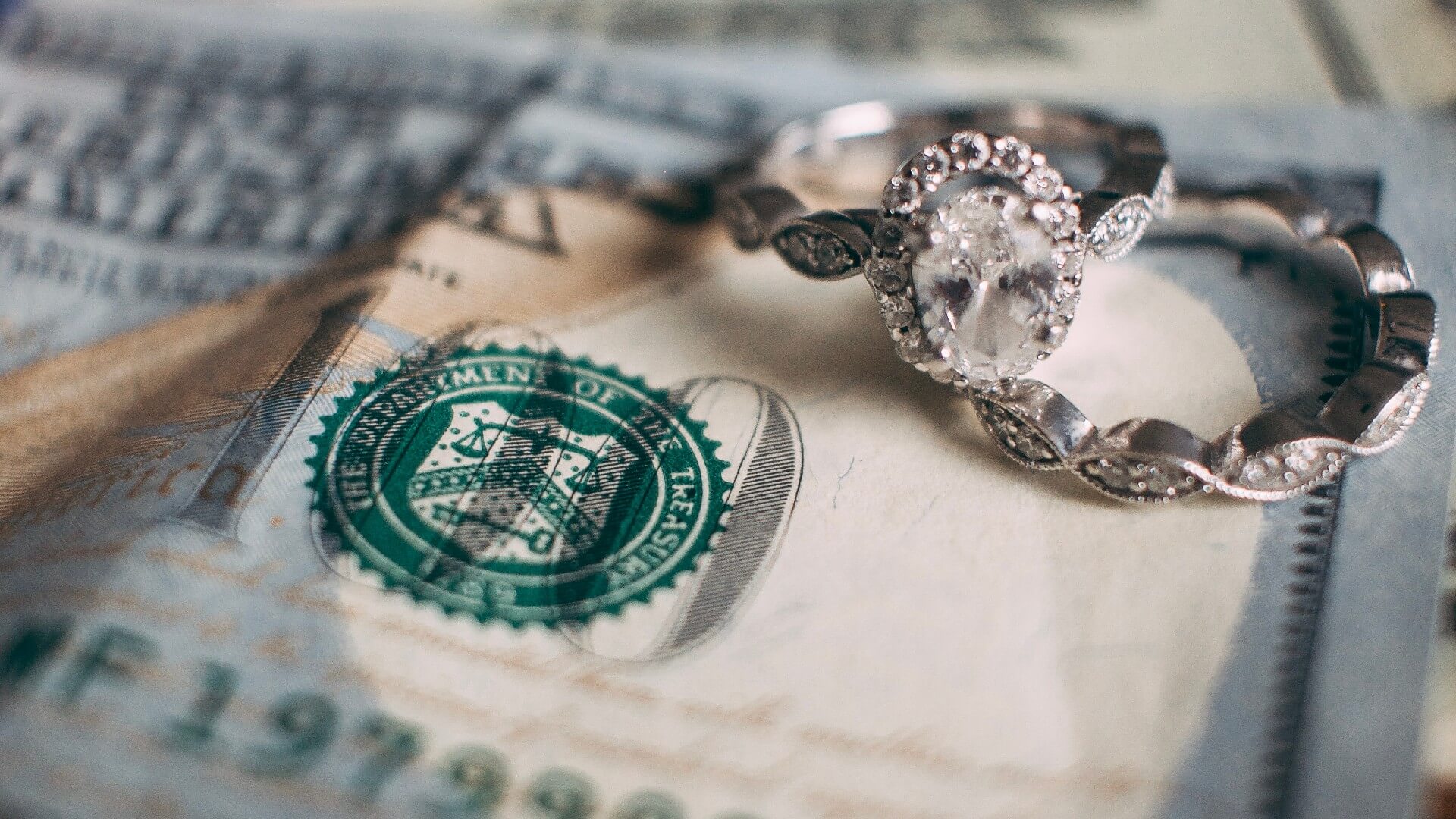
So, you’re ready to propose to the love of your life. But is your wallet equally prepared?
Everyone says you’re supposed to spend two to three months’ worth of salary on your sweetheart’s ring. Spoiler alert: Not true. But the idea of springing for what could quite possibly be one of your biggest purchases this year — or ever — can be daunting. Here’s how you can take the sting out of jewelry shopping and save money on an engagement ring without sacrificing quality or your love’s happiness.
Set Your Budget — and Stick to It

One of the easiest ways to spend too much money on an engagement ring is by looking at rings you know are outside your price point. Identify the number that makes you comfortable and set that as your maximum. Once that’s done, don’t budge. No ifs, ands or opinions from the peanut gallery.
Approach ring shopping like dating. Once you fall in love with a piece, stop looking. Be happy with what you have, because you’re head over heels for a reason. Avoid “just browsing to see what’s out there,” too. There will always be a ring that’s bigger, blingier or that simply offers something different. Decide that when you’re done, you’re really done, and everyone will be happier in the long run.
Investigate Various Financing Options

Most people don’t pay straight cash for an engagement ring. Instead, you can use your credit card, or, in some cases, you may be able to get financing straight from the jeweler. Marketing phrases like “no money down” and “90 days same as cash” sound wonderful, but the reality can come as quite a shock if you don’t educate yourself beforehand.
The biggest issue in most forms of financing is sky-high interest rates. If you aren’t required to make a down payment, then your monthly payments will be higher as will the associated interested. Offering 90 days “same as cash” just means that interest is deferred; if you don’t pay off the entire purchase in 90 days, you’re still on the hook for the entire amount. That means the financing company can actually backdate the interest to the date of purchase and tack it on to your total.
Choose your financing based on the interest rate and know for sure that you can make the monthly payments.
Consider Alternatives to Round-Cut Diamonds

Round-cut diamonds are gorgeous — so much so they’ve become the most popular diamond shape on the market. That soaring demand combined with the costly way round stones are crafted often leads to similarly lofty prices. You can save as much as 25% for the same size and quality stone simply by choosing a different cut. This won’t always be the case, but it’s worth exploring if you’re not tied to a specific look.
Avoid Following Trends
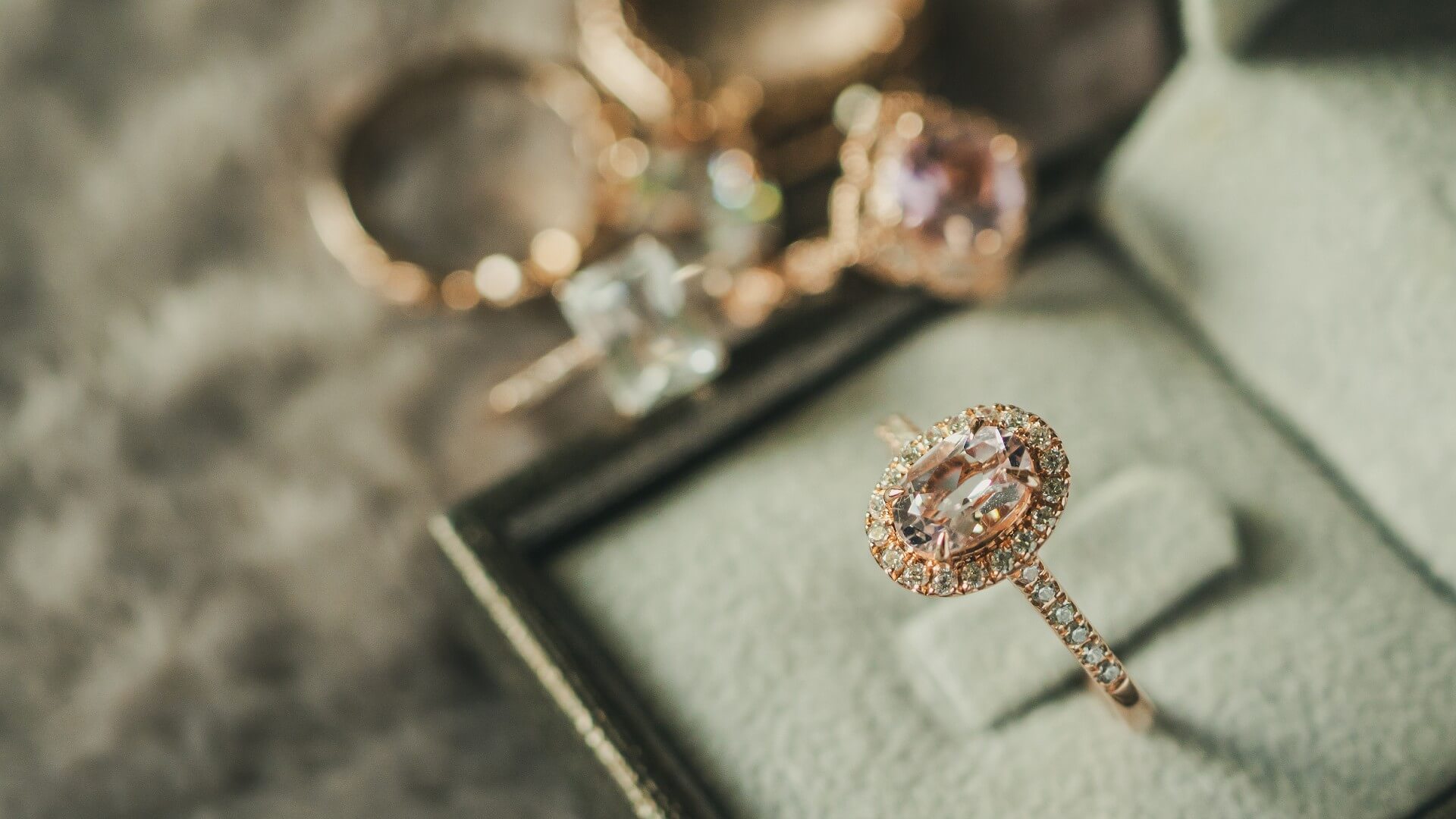
If a celebrity steps out with a new engagement ring in a fun color or unique shape (or any other covetable characteristic), you can almost guarantee you’ll see that color, shape or attribute kick up in price. This is another example of pricing following public demand. Everyone suddenly wants Jennifer Lopez’s glittering emerald-cut diamond, Scarlett Johansson’s offset oval or Blake Lively’s light pink stone, and you’ll pay for the privilege of snagging a design that’s likely in low supply.
Find a Reputable Vendor
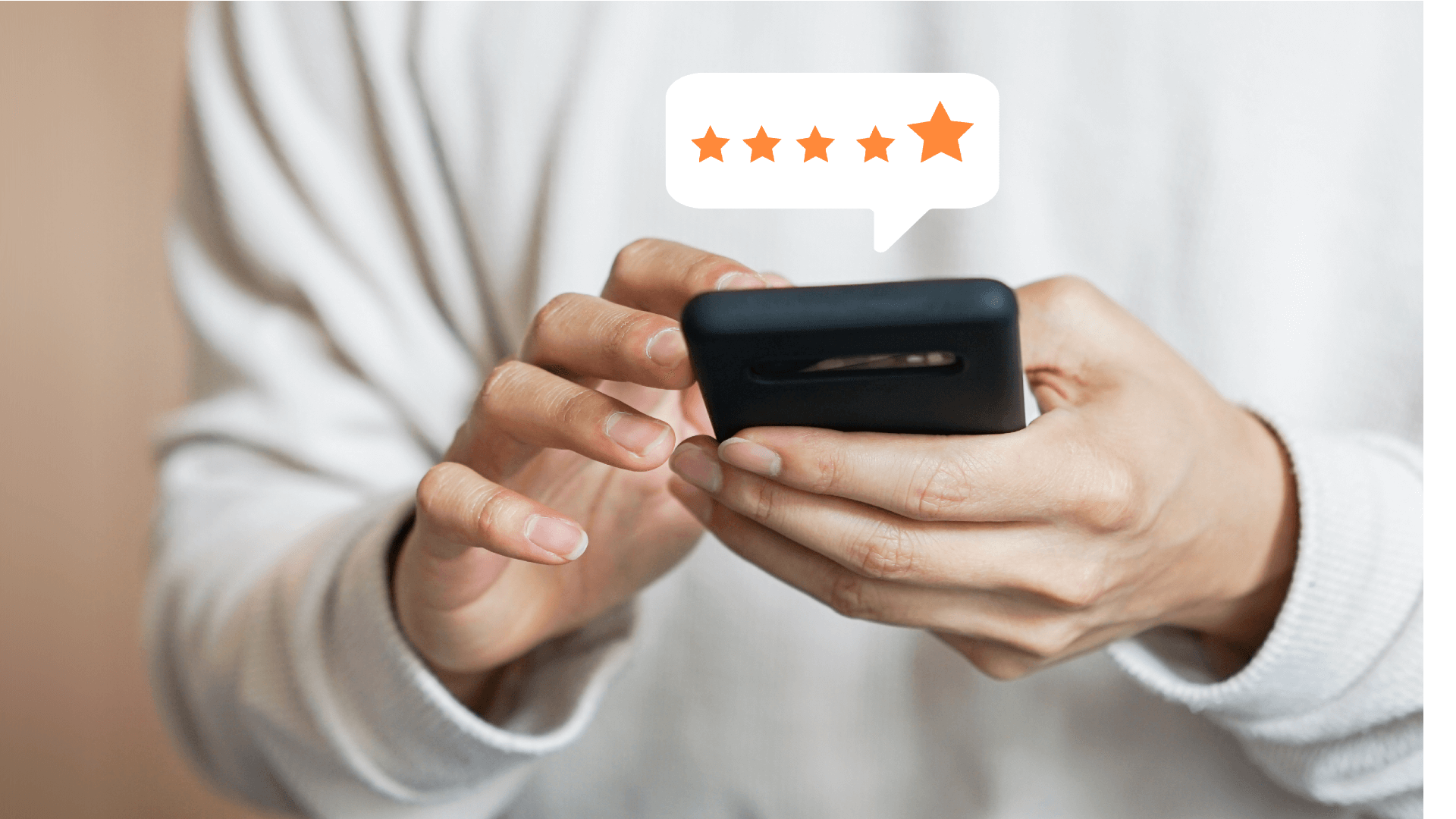
The number one rule of online shopping is that if it seems too good to be true, it probably is. The number two rule is that you never fork over your credit card without doing due diligence. It’s sad, but the internet is home to some shady characters.
The good news is that there are a few simple ways you can qualify vendors so you get exactly what you intended to buy and save money that would otherwise be lost to fraudsters.
- Look for websites that feature trust budges such as accreditation from the Better Business Bureau
- Scout the site for signs of social proof, such as user reviews hosted by a third-party source like iVouch
- Give a couple extra points for awards given out by industry publications
For jewelry, buy from online shops that guarantee the authenticity of their previous stones and use payment methods like your credit card, PayPal or Affirm, which offer purchase protection. Finally, ask whether your diamond will come with a grading report or certificate issued by an independent laboratory. Ticking all these boxes will give you confidence and peace of mind knowing that you’re spending wisely and getting a great value in return.
Study Up On the Four Cs — but Know When to Let Go
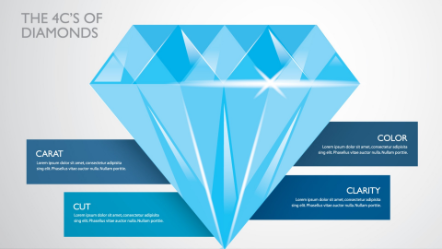
In the diamond world, the four Cs are:
- Cut: Probably the most recognizable of the four Cs, a diamond’s cut is its shape — like round, brilliant or Asscher
- Color: Colorless diamonds are considered the most valuable, though fancy-colored diamonds are an exception (i.e. yellow and pink diamonds aren’t faulty, they’re just special)
- Clarity: Diamond clarity refers to how many inclusions and blemishes a diamond has (or doesn’t have) and is rated on a scale of IF (Internally Flawless) to I2/I3 (Inclusions 2nd or 3rd Degree)
- Carat: Carat weight actually refers to the size of a diamond, not its weight
A diamond that’s at the top end of each of those scales is going to be massively expensive. What people may not consider is that you can take a step or two away from perfection — or even more — and still have an absolutely stunning gem.
Ultimately, while it’s good to know what kind of diamond you’re buying in professional terms, what matters most is that it looks good to your naked eye. After all, that’s how you and your future spouse will be enjoying it.
Compare Metals
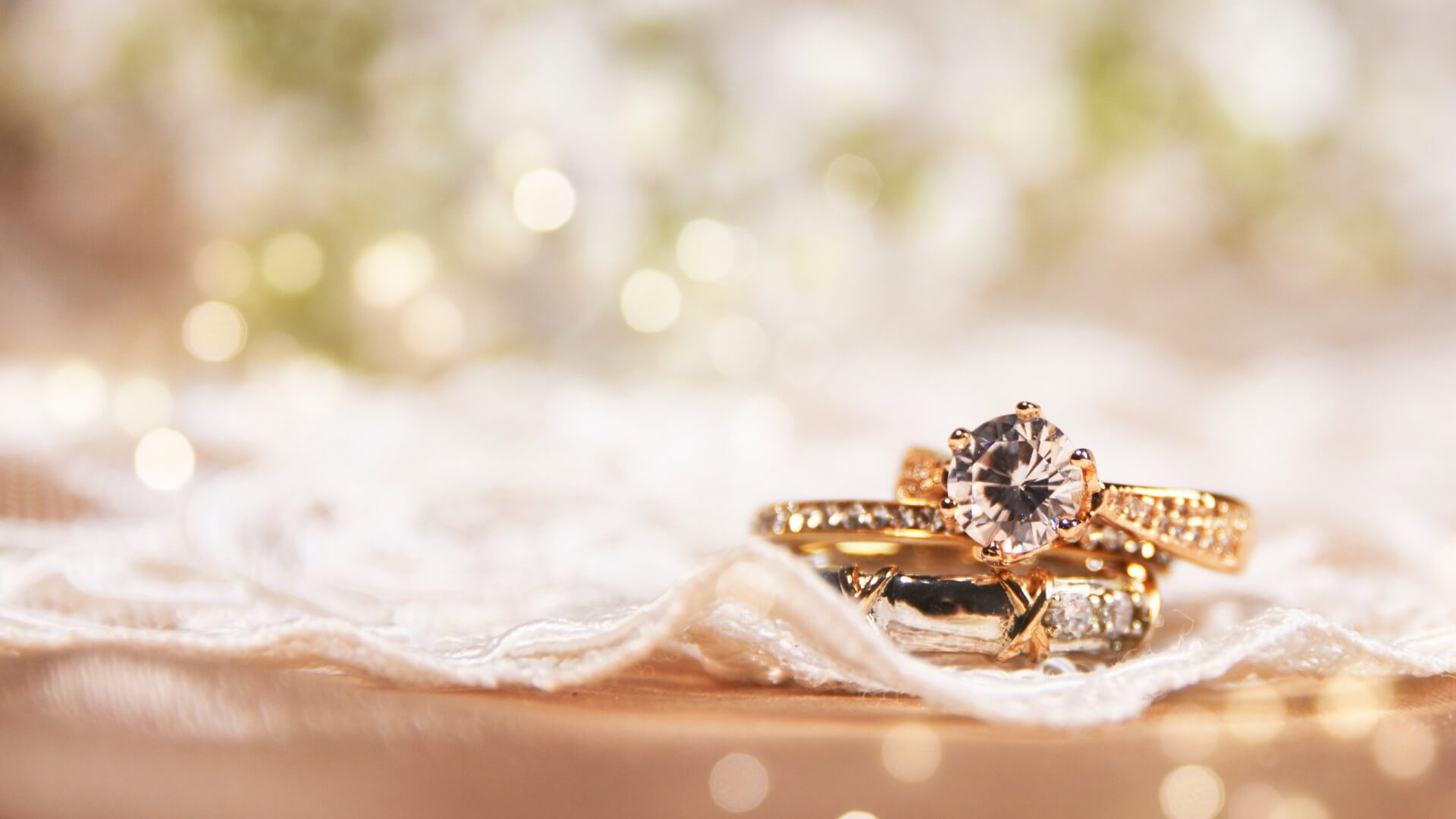
Just as there are non-perfect diamonds that are still gorgeous, there are precious metals that are more affordable and yet well worth showing off. Take platinum, for instance. Platinum is almost 30 times harder to find than gold, with the price tag to match. While some people may have their heart set on a platinum ring, which is totally fine, others may be just as thrilled with a white gold setting, and you just saved yourself a pretty penny.
The same goes for 18k gold versus 14k gold. They’re both beautiful, durable and make for a phenomenal ring, but 14k gold may cost significantly less.
Erase Your Preconceived Notions about Carat Weight
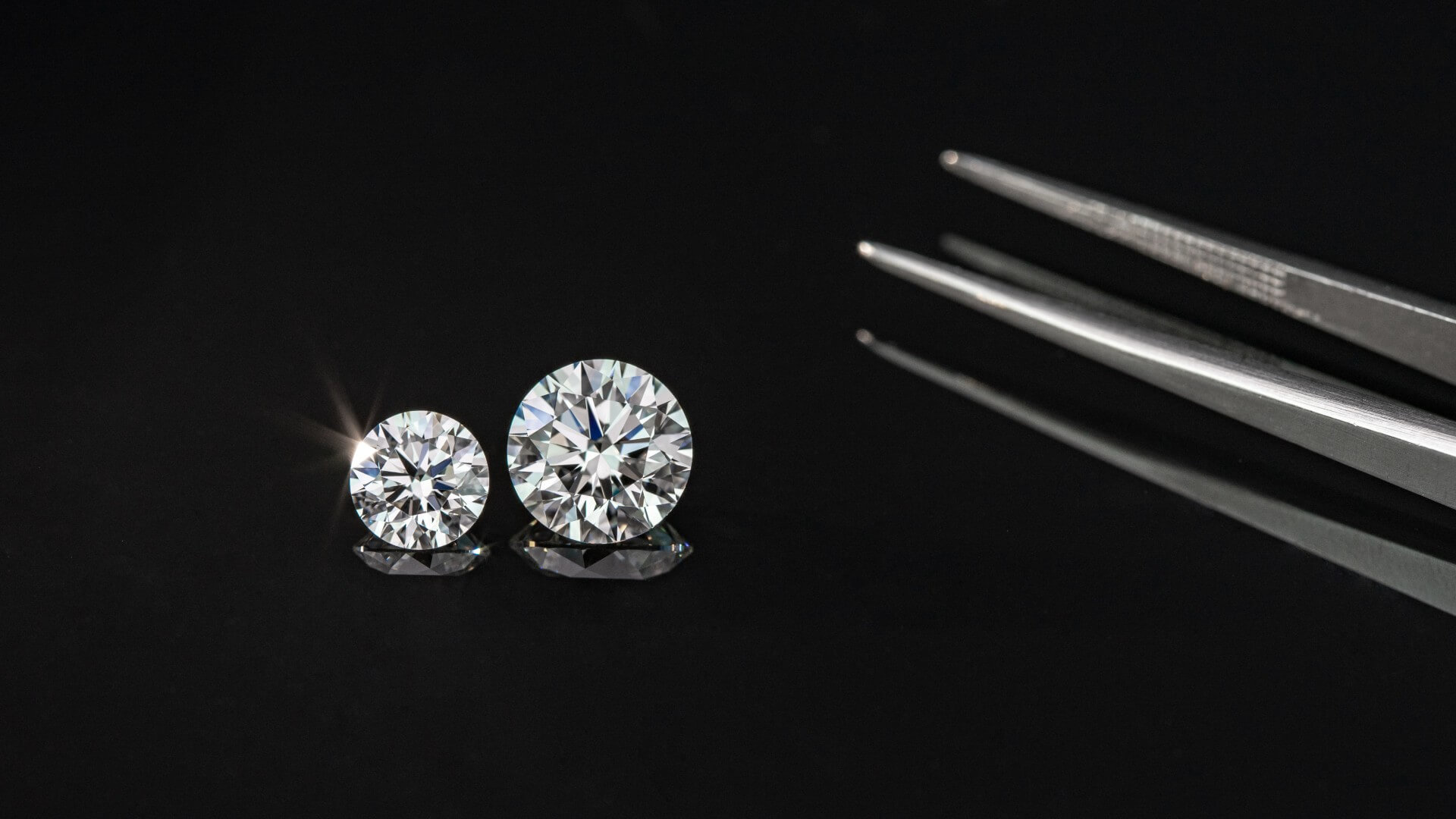
It’s common practice in the jewelry industry to bump up a diamond’s cost when it hits the next carat mark. That means that a 1.99-carat diamond and a 2-carat diamond may only be a hair apart in terms of carat weight, but the price tag could exhibit a much bigger difference.
Additionally, two diamonds that are the same carat weight could look very different, and sometimes a smaller diamond can actually look much bigger. That comes down to cut.
When you see a 1.72-carat ring and 2.05-carat ring side by side, you may be hard pressed to tell which is which. The moral of the story here is that it’s best not to get bogged down in numbers. You may like the bragging rights that come with a higher number, but you’ll have to pay for the privilege. Instead, go for a slightly smaller lower-weight diamond and reinvest some of your savings in cut or clarity, which you’re more likely to appreciate on a day-to-day basis.
Think Beyond Diamonds
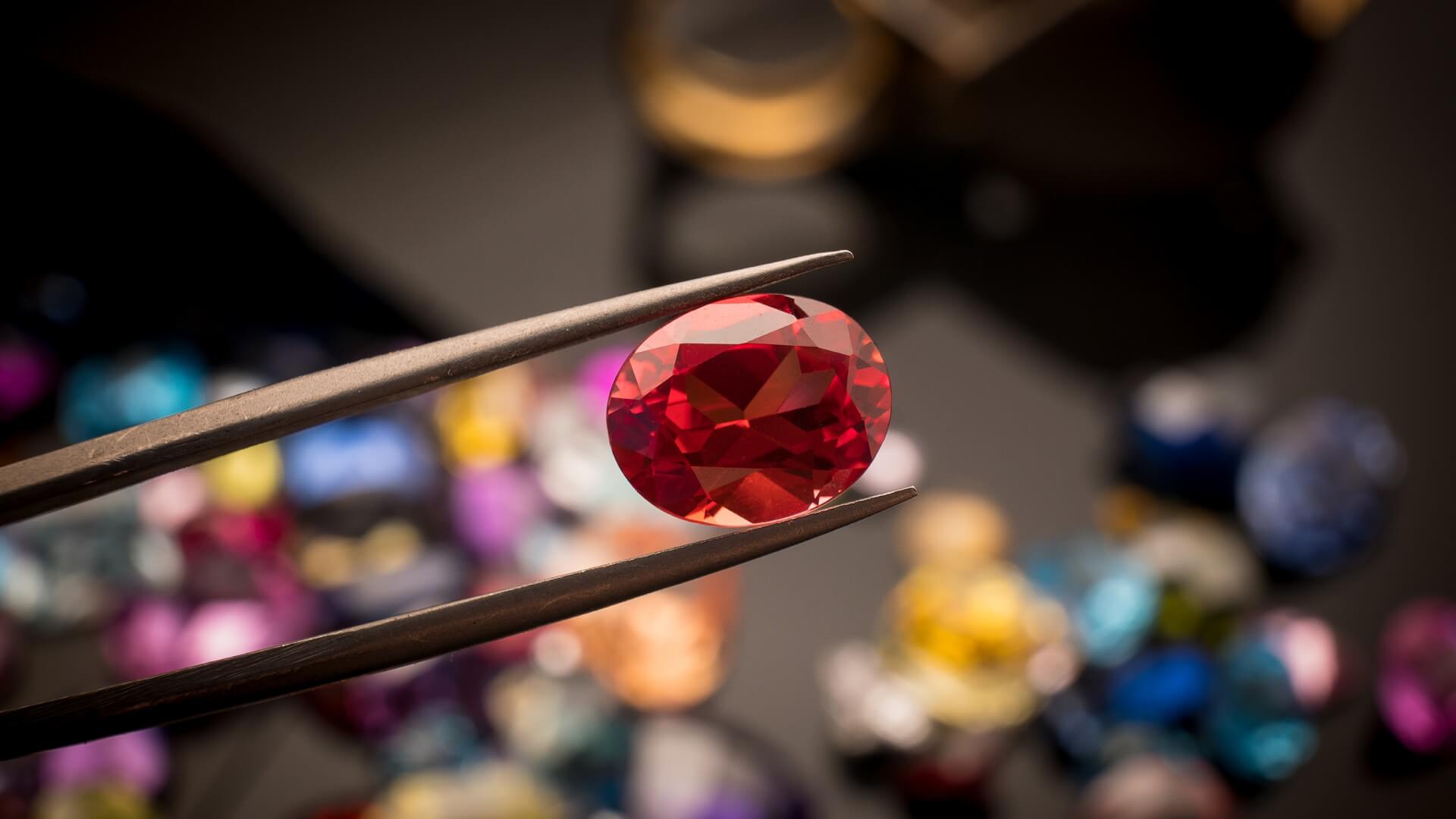
Diamonds are classic. They’re beautiful, they’re traditional and they’re certainly going to make for a memorable ring. But they’re not your only option.
Diamond alternatives are often more affordable and they’re a more unique choice. Moissanite is a near-colorless diamond alternative that’s remarkably dazzling and remarkably budget-friendly. Other stones like sapphires, emeralds and rubies bring a regal warmth to a ring or they can even look retro or boho.
It’s entirely possible to strike a balance between budget and beauty when shopping for an engagement ring. Make a list of what’s important to you, keep an open mind and make your final decision based on what you love rather than what society says you should want. Then, pop the question with confidence, and let us be the first to say, “Congratulations!”


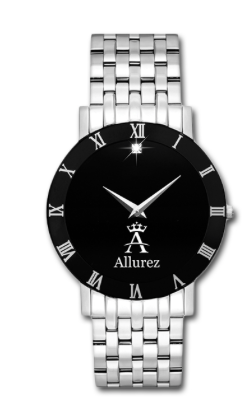
POST COMMENT